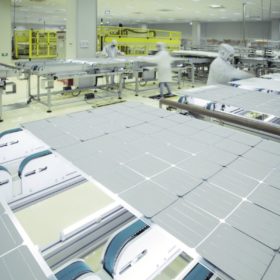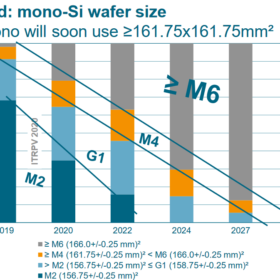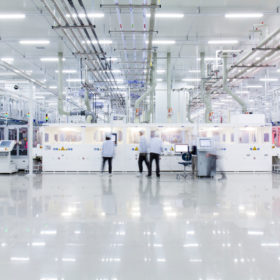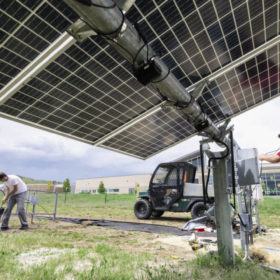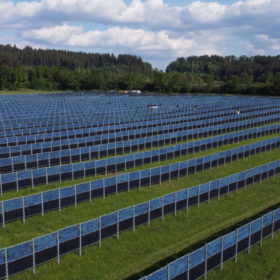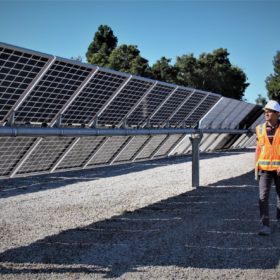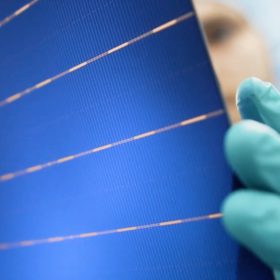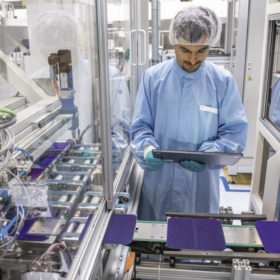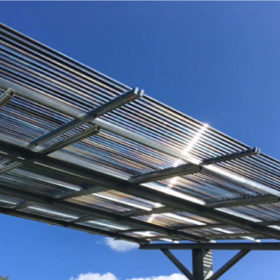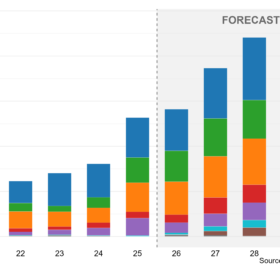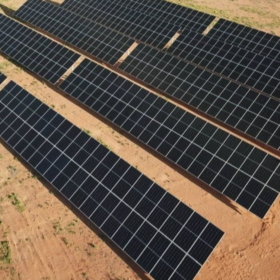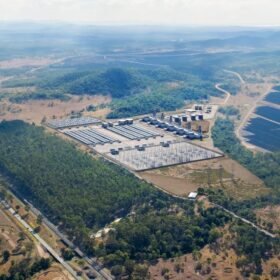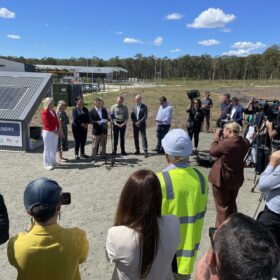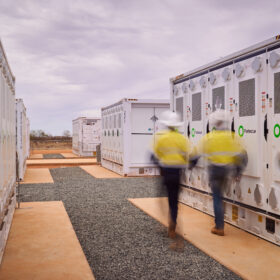Interview: Longi Australia zeros in on 1 GW of shipments in 2021
Stable pricing, stable product performance, and rapid after-sales service: These are the pillars on which Chinese PV manufacturing giant Longi’s rapid growth in the Australian market are built – says Stephen Zhang, the MD of Longi Australia. And as the company moves towards another year of doubling its shipments to Australia, its local presence and team remains a vital part of its strategy.
A stress test for all seasons
Scientists led by the U.S. National Renewable Energy Laboratory (NREL) have developed a new stress testing protocol for PV modules, one designed to simultaneously expose modules to multiple stresses, as they likely would be in the field. Putting modules through this test, the researchers have already been able to reveal new information regarding backsheet degradation, and they promise new insights into other degradation mechanisms both known and unknown as well.
Update of the ITRPV roadmap shows three wafer formats will prevail
In an update to its International Technology Roadmap for Photovoltaics, the German engineering association the VDMA said that solar module sizes of up to 4.0m² may be brought to mass production in the future.
Hanwha Q-Cells moves to enforce recall of products found to infringe IP in Germany
The Korean manufacturer has announced that it wants to enforce the recall of products made by rivals Jinko Solar, Longi Solar and REC Group that were deemed by the regional court of Düsseldorf in June to have infringed a passivation technology patent. The recall applies to products sold since January last year in Germany.
Trump pulls tariff exemption for bifacial panels – again
The U.S. president issued a proclamation on Oct. 10 that cites the impact of imported bifacial panels on U.S. solar manufacturing, while also raising the scheduled fourth-year tariff rate from 15% to 18%.
Agrivoltaic project with vertically mounted bifacial panels goes online in Germany
German developer Next2Sun has completed a 4.1 MW solar plant built with roughly 11,000 bifacial panels provided by Chinese manufacturer Jolywood.
Nextracker’s bifacial tracker selected for 460 MW Western Downs Green Power Hub
Nextracker’s NX Horizon has delivered some pretty impressive results in testing, results that caught that eye of Neoen and EPC contractor Sterling & Wilson to incorporate the bifacial tracking system into what is to be Australia’s largest solar power plant in Queensland’s Western Downs.
Silver lining: Aussie startup’s next generation solar breakthrough gets ARENA funding
Despite weeks with a Morrison Government sponsored gas cloud overhead a silver lining has appeared in the form of SunDrive, an Australian startup which just received $3 million in ARENA funding to help scale its low-cost, high-efficiency solar cell and manufacturing process.
IRENA presents $2tn plan to drive 5.5m renewables jobs by 2023
Doubling down on renewable energy investment and energy transition spending is required to ensure a truly green global recovery from the Covid-19 crisis and its economic aftershock, claims the International Renewable Energy Agency.
Thin-film agrivoltaic solar tubes
German tech company Tube Solar AG has secured €10.8 million to develop its cylindrical agrivoltaic modules. The lightweight devices could also be used on roofs until now considered unsuitable for PV.
